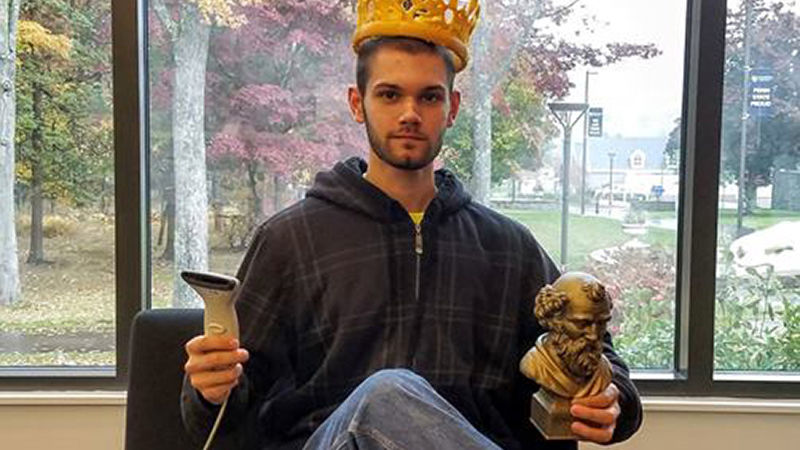Printing Truly Captivating Magic
Exposure to new and upcoming technology is an important cornerstone of a modern college education. Nesbitt Library is striving to become a campus location where students of all disciplines can be inspired through the world of the 3D universe.
By: Rachel Olszewski


